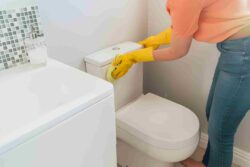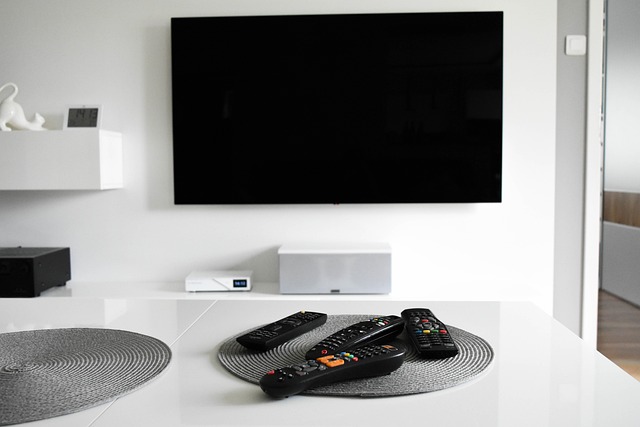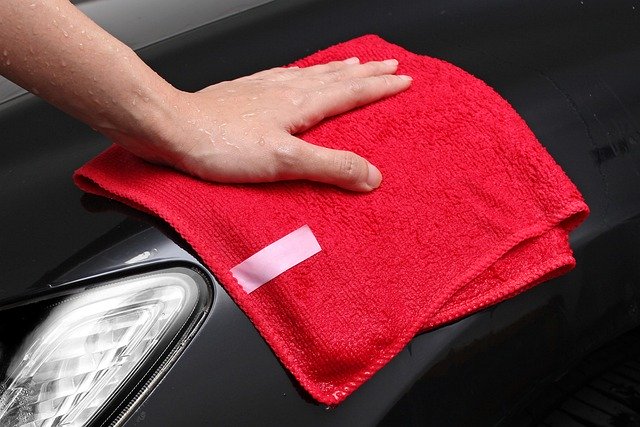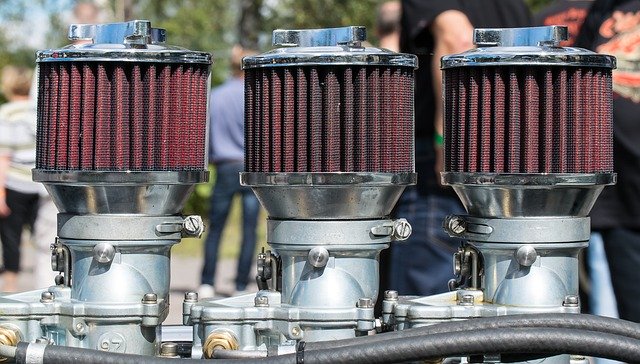Keeping your gym equipment clean and germ-free is crucial for maintaining a healthy and safe workout environment. Regular cleaning and disinfection not only prevent the spread of bacteria and viruses but also prolong the lifespan of your equipment.
In this guide on how to clean and disinfect your gym equipment, we’ll walk you through the essential steps to effectively clean and disinfect your gym equipment, ensuring a hygienic experience for everyone.
Maintaining a healthy fitness routine is essential for our physical and mental well-being, and for many of us, the gym is a second home where we sculpt our bodies and boost our endurance. However, with the ongoing concerns about hygiene and cleanliness, it’s become crucial to take proactive steps to ensure that our gym equipment is not just safe to use, but also free from harmful germs and bacteria. so let’s explore the best practices on how to clean and disinfect your gym equipment effectively. Whether you’re a gym enthusiast or an occasional visitor, following these steps can help you enjoy a safer and more sanitary workout environment.
Table of Contents
Understanding the Importance of Cleaning and Disinfecting Gym Equipment
Before we delve into the cleaning process, let’s emphasize why it’s essential to prioritize cleanliness in the gym. Consider the following points:
- Germs and Bacteria: Gym equipment, such as dumbbells, barbells, and cardio machines, can harbour bacteria and germs that may lead to infections and illnesses if not properly cleaned.
- Skin Infections: Sweating during workouts increases the risk of skin infections, such as athlete’s foot and ringworm. A thorough cleaning helps remove sweat and prevents the growth of harmful microorganisms.
- Allergens: Dust, pollen, and other allergens can accumulate on gym equipment over time, triggering allergies and respiratory issues, particularly for individuals with sensitivities.
- Equipment Longevity: Regular cleaning and maintenance contribute to the longevity of your gym equipment. Removing dirt and grime prevents corrosion and wear, ensuring your investment lasts longer.
Cleaning and Disinfecting Guidelines for Different Types of Gym Equipment
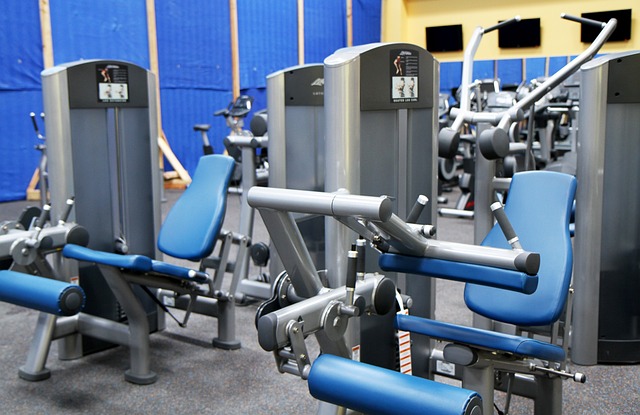
Different gym equipment requires specific cleaning techniques and products to ensure effective sanitization. Let’s explore the cleaning procedures for various equipment categories:
Weightlifting Equipment
Weightlifting equipment, such as dumbbells, barbells, and weight plates, come into direct contact with the skin and require frequent cleaning. Follow these steps to keep them in optimal condition:
- Wipe Down: Start by wiping the equipment surfaces with a clean cloth or gym-approved disinfectant wipe. Focus on areas where hands commonly make contact.
- Deep Cleaning: For more thorough cleaning, use a mild detergent or gym equipment cleaner mixed with water. Gently scrub the surfaces to remove dirt, sweat, and oil buildup.
- Rinse and Dry: After cleaning, rinse the equipment with water and dry it with a clean towel. Moisture can lead to rust or corrosion, so ensure everything is thoroughly dried.
- Storage: Store weightlifting equipment in a dry area to prevent the accumulation of moisture. Consider using equipment racks or storage systems to maintain an organized gym space.
The Ultimate Guide to Cleaning and Maintaining Your Home Gym
Cardio Machines
Cardio machines, such as treadmills, ellipticals, and stationary bikes, are popular in gyms and require regular cleaning due to their frequent use. Here’s how to keep them clean:
- Surface Wiping: Before and after each use, wipe the surfaces of the cardio machines with disinfectant wipes or a cloth dampened with a gym-approved cleaner. Pay attention to handles, buttons, and touchscreens.
- Deeper Cleaning: Periodically, it’s important to perform a more thorough cleaning of the cardio machines. Follow the manufacturer’s instructions for disassembling and cleaning various parts, such as belts, pedals, and screens.
- Lubrication and Maintenance: Properly maintain the cardio machines by lubricating moving parts as recommended by the manufacturer. This prevents squeaks, ensures smooth operation, and prolongs the lifespan of the equipment.
- Air Circulation: Allow for adequate air circulation around cardio machines by positioning them at appropriate distances from walls or other equipment. This reduces the accumulation of dust and helps maintain optimal machine performance.
Resistance Machines and Benches
Resistance machines and weight benches require regular cleaning to eliminate germs and maintain functionality. Follow these steps to keep them clean:
- Surface Wiping: Use a gym-approved disinfectant wipe or a cloth dampened with mild detergent to wipe down the surfaces of resistance machines and benches before and after each use. Pay attention to areas that come into contact with the body.
- Hard-to-Reach Areas: Some resistance machines have intricate parts that are difficult to clean with wipes alone. Use a brush with soft bristles or a toothbrush to reach tight spaces and remove dirt or debris.
- Upholstery Cleaning: If your gym equipment has upholstered parts, such as benches or padded seats, follow the manufacturer’s instructions for proper cleaning. Vacuum the upholstery regularly and use a fabric cleaner to remove stains or spills.
- Periodic Maintenance: Inspect the resistance machines and benches regularly for any loose screws, bolts, or damaged components. Tighten or repair them promptly to prevent accidents and ensure user safety.
General Cleaning and Safety Tips
Apart from specific equipment cleaning, here are some general tips to maintain cleanliness and safety in your gym:
- Provide disinfectant wipes or sprays: Make it convenient for gym-goers by placing disinfectant wipes or sprays throughout the facility. Encourage users to wipe down equipment before and after each use.
- Promote hand hygiene: Install hand sanitizer stations and display signage reminding gym-goers to wash their hands regularly. Proper hand hygiene helps minimize the spread of germs.
- Educate staff and members: Train gym staff on proper cleaning and disinfection protocols and encourage them to lead by example. Additionally, educate members about the importance of cleaning equipment and maintaining a clean workout environment.
- Regularly inspect and replace worn-out equipment: Routinely inspect gym equipment for signs of wear, tear, or damage. Replace any worn-out or damaged equipment promptly to prevent accidents and maintain a safe environment.
- Ventilation and air quality: Ensure proper ventilation in the gym to improve air circulation and maintain a comfortable workout environment. Clean or replace air filters regularly to minimize dust and allergens.
Conclusion
Cleaning and disinfecting your gym equipment is not only about maintaining a clean environment but also promoting the health and well-being of everyone using the facility. By following the guidelines provided in this article, you can effectively prevent the spread of germs, prolong the lifespan of your equipment, and create a safer workout space. Remember, a clean gym is a healthy gym!








